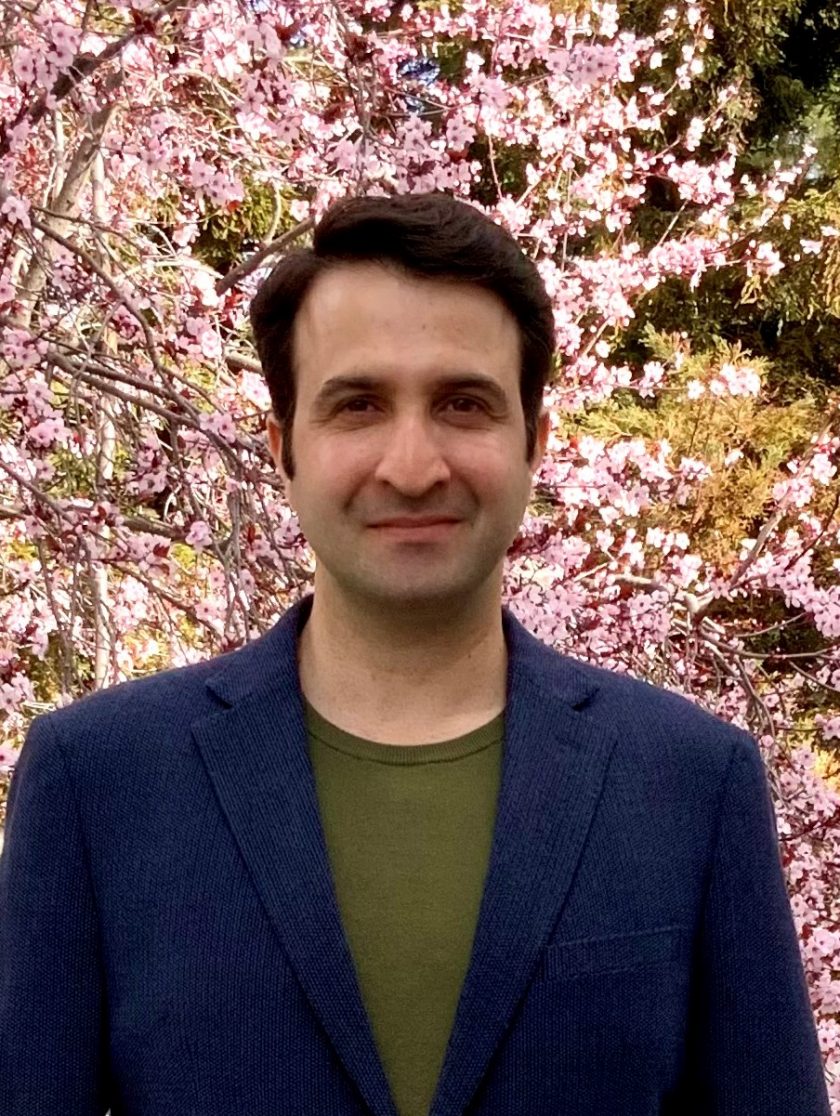Abstract
Terahertz frequencies have opened a plethora of unique applications in the fields of sensing, spectroscopy, imaging, and communications. The short wavelength, see-through capability, and availability of wide bandwidth in the terahertz band make it an essential player for high-resolution sensing and imaging and high-speed communication networks. However, THz systems suffer from the immaturity of available electronic technologies in generating and detecting THz frequencies. The current advanced silicon processes (CMOS, BiCMOS, FDSOI) have a maximum operation frequency limit fmax of about 400 GHz, which limits the device activity close to fmax. The maximum frequency limitation comes with weaker output power and restricted bandwidth of transmitters, as well as poor sensitivity of receivers. To overcome these challenges, we leverage three types of nonlinearities well-known in optics across electronic circuits to improve the performance of THz systems. These nonlinear phenomena include self-injection locking (SIL), dissipative quadratic soliton (DQS), and plasmonic waves.
The first part of this talk will explore the THz imaging systems using frequency-modulated continuous wave (FMCW) radars. We demonstrate how SIL and DQS nonlinearities break the conventional constraint of range resolution in FMCW radars and significantly enhance radar range accuracy. These achievements remarkably improve the quality of terahertz imaging and allow us to take images from a printed letter hidden behind 20 pages of paper which is applicable in reading through antique and confidential documents without opening them. The second part of the talk is devoted to exploring plasmonic waves on a super-continuum transistor array to push the transistors to operate above their fmax. The nonlinear plasma term in the equation of motion of electrons inside the device channel becomes strong enough at THz frequencies and allows energy transfer from DC electric field inside the channel to the THz electromagnetic waves. This approach blends device physics, plasma wave propagation phenomena, electromagnetics, and ideas inspired by microwave vacuum tubes (Klystron and traveling-wave tubes) into a coherent theme fully compatible with standard electronic processes.
Bio
Hossein Naghavi received a B.Sc. degree in electrical engineering (communications) from Amirkabir University of Technology, Iran, in 2009 and an M.Sc. degree in electrical engineering (field and wave) from the University of Tehran, Iran, in 2013. He was the deputy technical manager of the Antenna Type Approval Laboratory at the University of Tehran from 2012 to 2016, where he implemented several antenna and radio frequency measurement setups based on IEEE, FCC, and ETSI standards. In 2016, he joined the Radiation Lab at the University of Michigan as a research scholar, where he developed the first fully integrated terahertz inverse synthetic aperture radar (ISAR) imaging system. Since 2018, he has been a Ph.D. student at Radiation Lab at the University of Michigan. His research focuses on the mm-wave and terahertz integrated circuit design, especially for imaging, spectroscopy, metrology, and communication applications. He was the recipient of the best-invited paper award at the 2019 IEEE Custom Integrated Circuits Conference for fully integrated solutions for high-resolution terahertz Imaging. He has also been a leading contributor to a granted proposal with DARPA for developing traveling-wave energy enhancement devices (TWEED).


